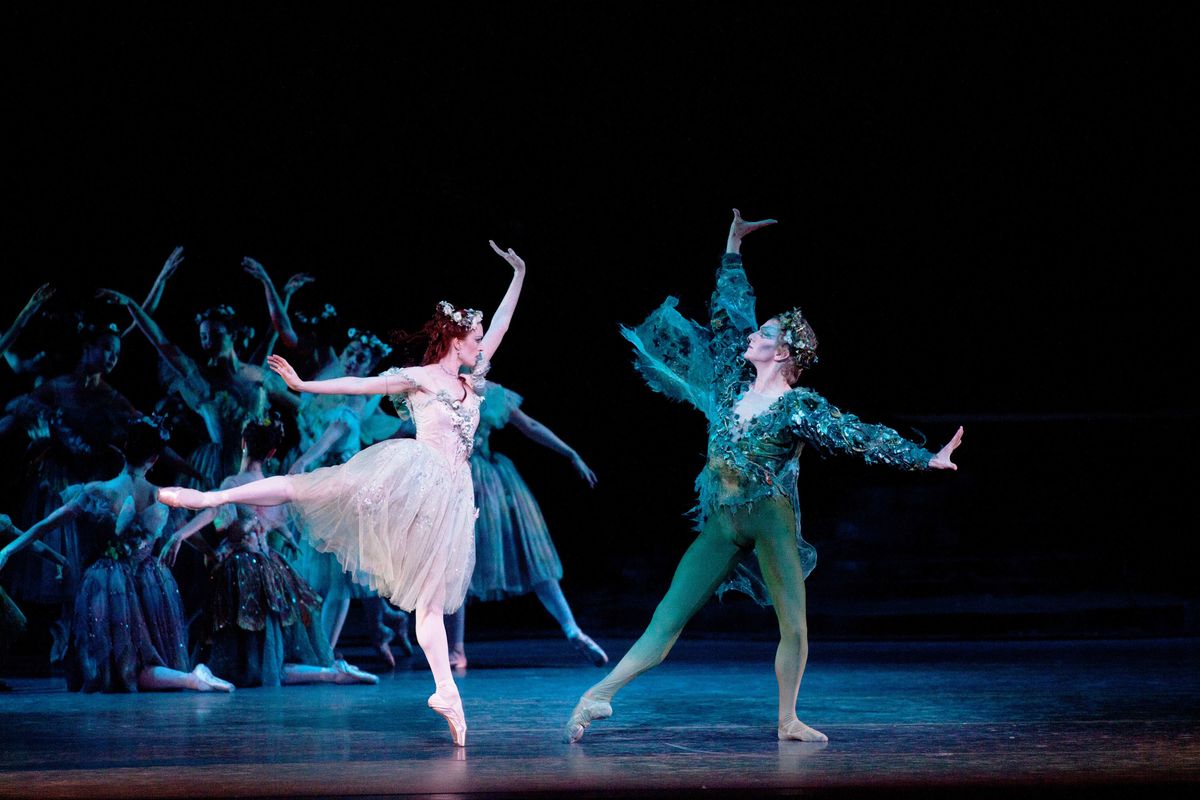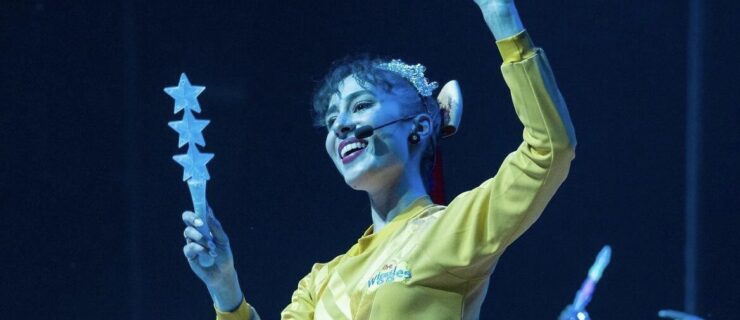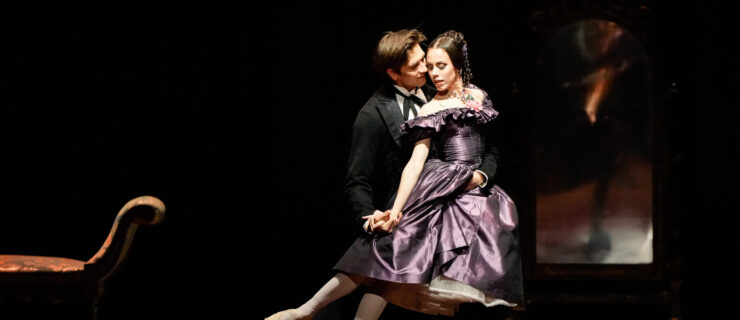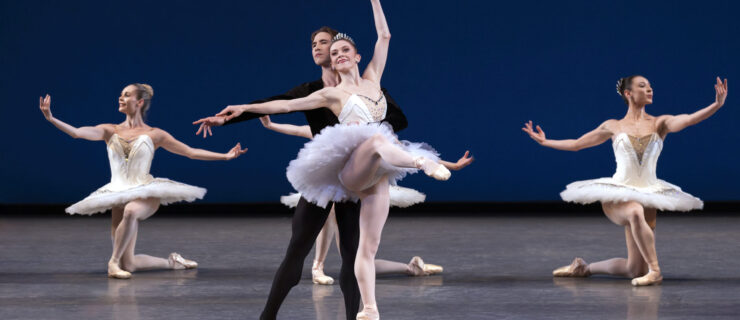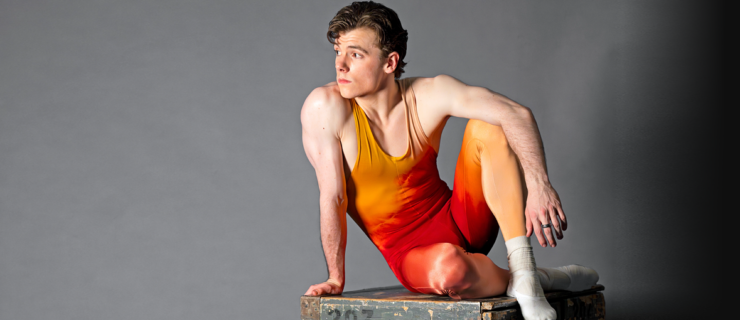The Lonely Road of a Danseur: David Hallberg on Growing Up as a Male Dancer
This story originally appeared in the December 2014/January 2015 issue of
Pointe.
Dance was always my refuge. School was hell for me—it was like a page out of Lord of the Flies. Survival of the fittest was the guiding principle of my middle school. While generally the “fittest” kids were the prettiest and the most popular, at my public school that meant specifically punk skater kids. They acted tough and had this pervasive air of rebellion around them which stood in direct contrast to me. I followed rules, I listened and took direction from teachers, I was disciplined—I mean, I was a dancer! So the cool group teased me relentlessly, called me every name in the book, including “effeminate,” and though it never got physical—it was only words—they did hurt me. I didn’t have the sense to think, “Oh, yeah? One day you’ll see,” because I was a kid and just wanted to be accepted.
In my desperate attempt to fit in, I made fun of the other loser kids. I used to take tap lessons at the local community college. On the eve of Halloween, this kid in my tap class told me about his costume. He was going to be a ballet dancer. I laughed and teased him so hard about it that he ended up being too upset to trick or treat the next night. His mom called my mom, and though I apologized as directed and gave him half of my candy, the damage had been done. He probably would not want to put that costume on ever again. This was long before my serious ballet school days, but still, it is hard not to see the irony. When I look back, there is the thought that kids will be kids, but the truth is, I thought participating in this kind of hierarchy of persecution would gain me acceptance. Dance was a necessity for me, so I was prepared to take the cycle of abuse it brought on.
I had been miserable in my local public schools, so when the Arizona School for the Arts charter school first opened, I jumped at the chance to be a freshman in the inaugural class. It was a ballet-focused program and a big transition from the jazz-based studio I had initially trained at. I swapped out sweatpants for tights and found myself part of an artistic community that included other disciplines, such as music and painting. Around the same time, I made the transition to The School of Ballet Arizona, directed then by Kee Juan Han, for my after-school dance classes. I was compelled by this new world of serious work where there was no talking allowed. We had to stand in line and were expected to work towards perfection. There was not a lot of positive reinforcement, so I had no idea if I was good. But the work saved me.
Which was so important, because even though I had found a new group of artsy friends at ASA, being a dancer meant I would never find inspiration in complacency. In the larger pop-culture world around me, trying hard was not cool. In my smaller ballet world, it was impossible to try hard enough. So I eventually made my peace with being “uncool” and found myself hungry for new challenges. Though I had found an environment that accepted me and gave me the freedom to be myself, I would continue to be the outsider again and again.
This philosophy kept me afloat when I moved to the Paris Opéra Ballet School my senior year of high school. I traded in the teenage freedom of driving around Phoenix and spending my Saturday nights at raves with my friends for an even more rigid system where I didn’t speak the language. At POB, they absolutely rejected me socially. I was American, I didn’t speak French, I was brought into the graduating class and my talent was seen as a threat. And the fact that I was trying so hard to make friends turned everyone off. For six months I was basically silent. Instead of talking, I observed. I noticed body language. I read books and reactions. I was forced to focus on myself and develop my individuality.
Likewise, when I first went to the Bolshoi, I was in a parallel universe to that year at POB. Though welcomed this time, I was still out of my comfort zone with language and lifestyle. I was lonely, but I knew I would grow because my uncomfortable year at POB had been such a growth spurt. I have learned to be uncomfortable with being comfortable. I tend to work myself to the ground in an effort to keep challenges always in front of me.
Ballet idolizes principal dancers—when I was at ASA, I had a photo of Ethan Stiefel on my binder. I wish that at that young, impressionable age I had been able to get to know the person I was striving to be. Maybe there would have been words of mentorship that would have made me feel less alone in my struggle. Now that I’ve made it, I could easily just keep doing my thing and let it be. I obviously figured it out; the next generation will, as well. Or I could step up to the plate and mentor. I realized that I felt compelled towards mentorship because I’ve been there—working my butt off six days a week to become a professional, unsure of what kind of life is ahead, never knowing if you’ll be good enough.
I approached Franco De Vita of American Ballet Theatre’s Jacqueline Kennedy Onassis School and told him I wanted to give a scholarship to a boy in his program, in an effort for the student to have someone he might relate to more, who could let him know he’s on the right track. There have been two recipients thus far—Alex Kramer, now of Ballet San Jose, and Julian Donahue. I look for kids who are working to get control over an unruly body. I watch them in class and give context to their specific corrections. I try to be available for whatever they want to talk about, though obviously my performing schedule makes it hard. This year, I plan to be around more, especially as I heal from an injury, and I want to try to develop a more personal relationship. I’ll be in hallways, watching classes and rehearsals, available for lunch. I don’t want to force it, but I want my mentee to know he can always reach out to me. In addition, I have also started a tuition scholarship for boys at The School of Ballet Arizona. I want more kids to be able to have the chance to find refuge in the work like I did.
Ballet can be so quantity-based these days. With my outreach work, I want to reinforce that the number of turns you do is the least important thing. Quality and foundation are what count. The greatest dancers are not tricksters, they are artists devoted to the work. Lucky for me, and for these boys, art is born out of sublimating our struggles, our lack of acceptance. I want to send the message that we can be alone, together.
